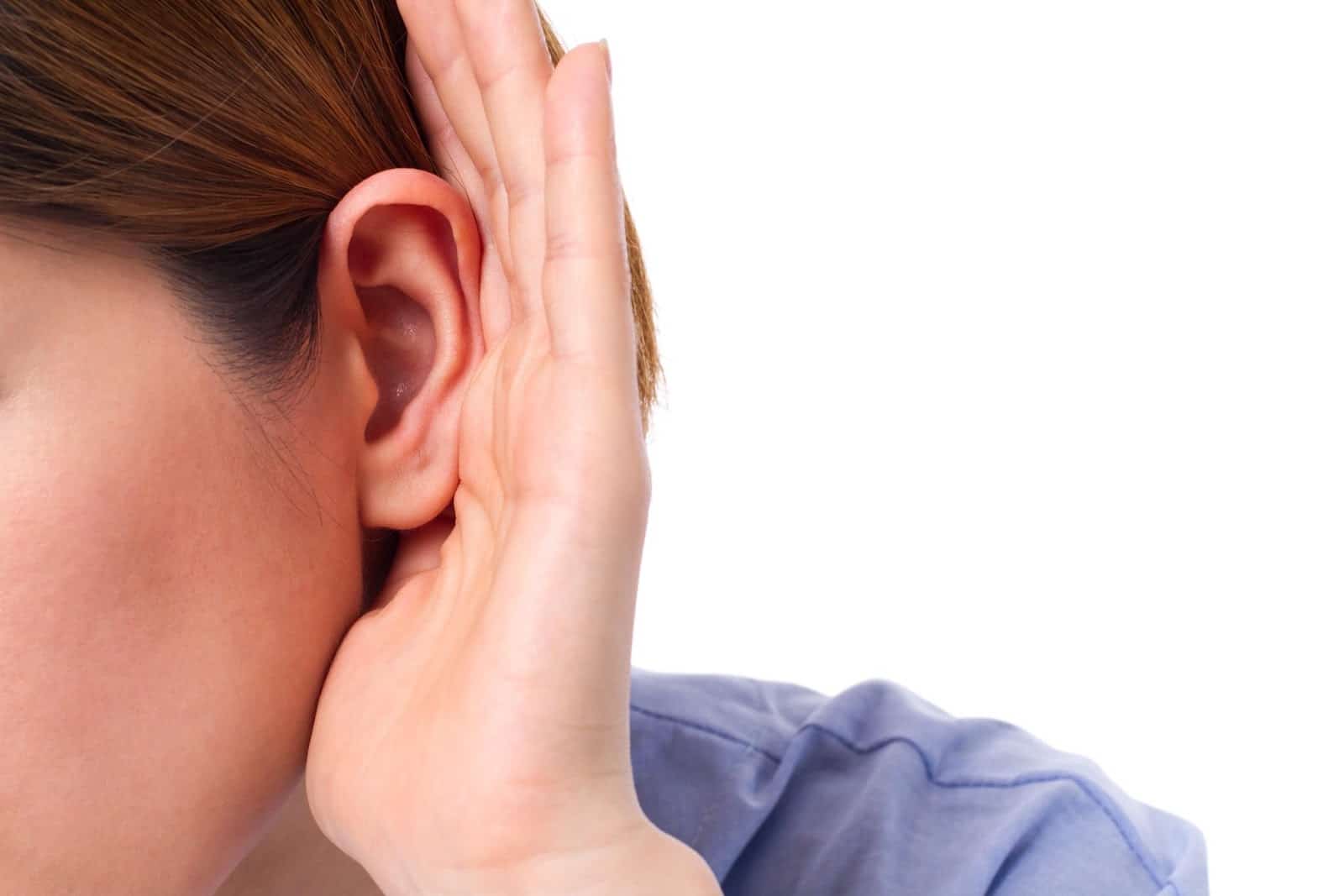- Home
- Patient Forms
- Services
- How The Ear Works
- Audiological Testing
- Central Auditory Processing Disorder (CAPD)
- Custom Earmolds And Ear Plugs
- How-To Videos
- Implantable Devices
- Over-The-Counter (OTC) Hearing Aids
- Vestibular Testing
- Wax Management
- Hearing Aids
- Tinnitus Management
- Blog
- Review Us
- Contact Us
The fact that we’re able to hear sounds in our environment and process them almost instantly is nothing short of miraculous. Without even having to think about it, we can hear noises both loud and soft, near and far away. The pathway that these sounds travel in our ears is intricate, and if any one of its parts isn’t working correctly, we can experience hearing loss.
The first step in actually hearing a sound occurs when sound waves reach the pinna, your outer ear. Acting as a funnel, the pinna sends the sound waves down your ear canal, through your eardrum, and into the middle ear. Called the tympanic membrane, the eardrum is flexible and begins to vibrate when the sound waves reach it. Three small bones called the malleus, incus, and stapes are next to the eardrum and are grouped into one mechanism called the ossicles. Both amplifying and pushing the sounds to your inner ear, the ossicles are often one of the first places where hearing loss begins.

Our inner ear contains parts of our hearing system that are incredibly delicate and important. A spiral-shaped organ, called the cochlea, contains very small hair-like cells with a multitude of nerve endings. These cells receive incoming sound vibrations from the middle ear and pass them to your brain through the auditory nerve. This allows the brain to process the sound you just heard – and all of this occurs without having to think about it!
Individuals with hearing loss experience problems in one of the above mentioned processes. Diagnosing exactly where the issue lies is the sole purpose of our hearing evaluation, allowing us to create a treatment plan that works best with your specific type of hearing loss. Keep reading to learn about the four types of hearing loss and how they might affect you.
Sensorineural Hearing Loss
The most common type of hearing loss, sensorineural hearing loss occurs due to a problem with the inner ear or auditory nerve. It presents itself when either the auditory nerve or the hair-like cells in the cochlea have sustained damage or are missing. This results in the inability to send complete nerve signals to the brain.
This kind of hearing loss can be caused by the following:
- Head trauma
- Illnesses
- Drugs that are toxic to hearing (ototoxicity)
- Genetics or aging
- Malformation of the inner ear
- Exposure to loud noise
Conductive Hearing Loss
Although rather uncommon and typically temporary, a conductive hearing loss can occur in some patients. It’s caused when an issue in the outer or middle ear blocks sound from the inner ear. Treatment involves the use of medication or surgery while other individuals opt to use hearing aids to improve their hearing ability.
Conductive hearing loss can be caused by:
- Ear infections
- Benign tumors
- Swimmer’s Ear
- Foreign object in the ear
- Fluid in the middle ear from colds or allergies
- Absence or malformation of the outer ear, ear canal, or middle ear
- Perforated eardrum
- Impacted cerumen (earwax)
Mixed Hearing Loss
When multiple parts of the ear’s anatomy are damaged, a mixed hearing loss can occur. In most cases, both the middle or outer ear along with the auditory nerve or inner ear have sustained an injury of some type or have encountered one of the conditions listed above. The conductive hearing loss present may be reversible while the sensorineural hearing loss is often permanent.
Auditory Processing Disorders
Rather than a hearing impairment which affects the ability to detect sounds, Auditory Processing Disorder (APD) causes individuals to struggle with their ability to organize, analyze, and interpret noises around them. While all parts of the ear are functioning properly, those with APD find that the hurdle they encounter is in their brain. Often caused by a tumor, disease, injury, heredity, or an unknown cause, the auditory processing centers in the brain do not function normally. APD does not always include hearing loss and many times the treatments for this disorder versus a hearing impairment are dramatically different.
Get the guidance you need to hear the life you love.


